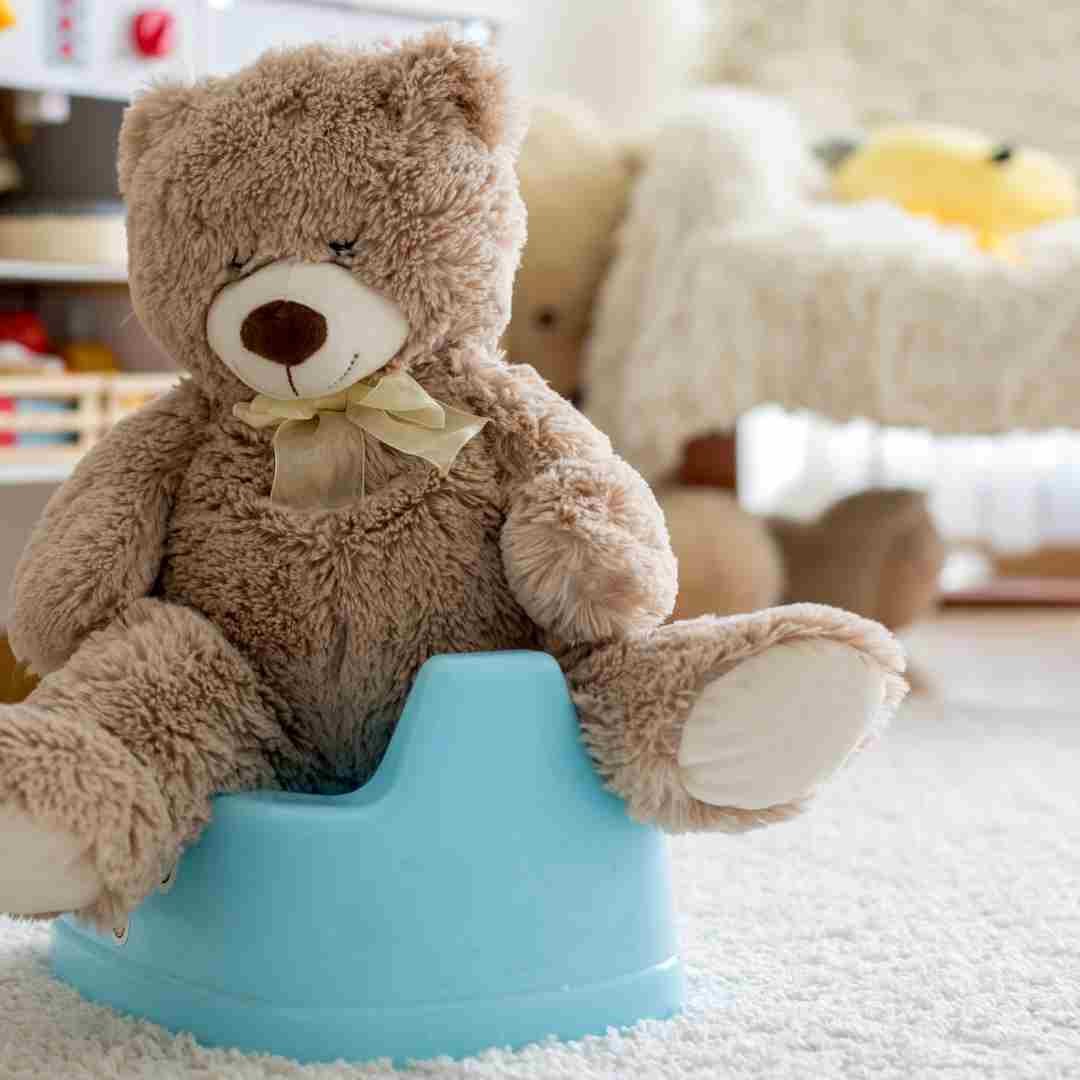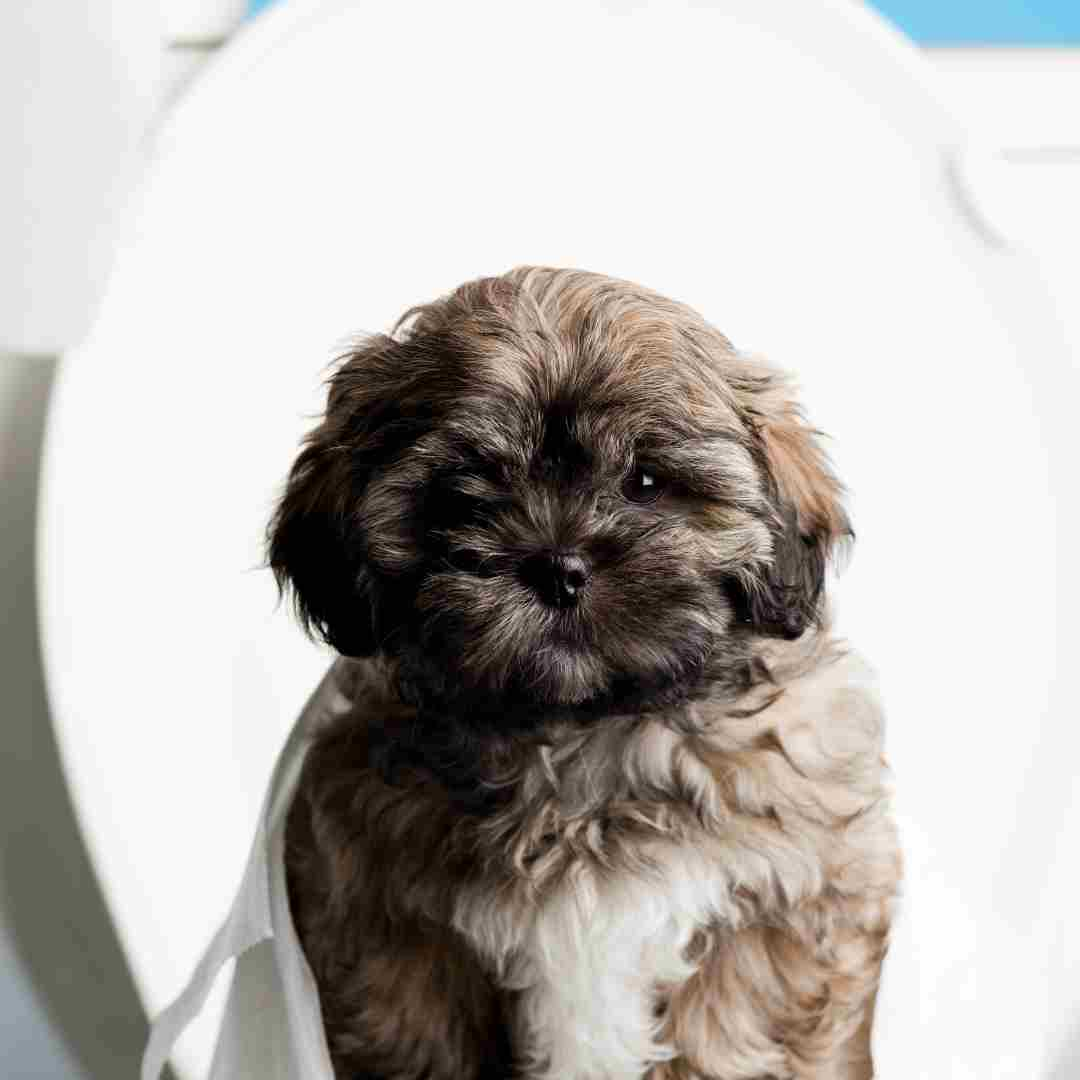Contents Table of
Overview
An Easy Guide to Potty Training Your Rabbit
Potty Training Your Rabbit: The Benefits and Drawbacks
Typical Errors to Steer Clear of When Potty Training Your Rabbit
How to Handle Your Rabbit Who Won't Go in the Litter Box
How to Set Up a Positive Environment for Your Rabbit to Learn to Use the Potty
Q&A
In summary
Overview
Rabbits are gregarious and intelligent creatures that may be trained to do a wide range of tasks. Is it possible to potty train a rabbit? is a frequently asked question among rabbit owners. Yes, it is possible to potty train rabbits. Rabbits can be trained to use a litter box and can even be made to relieve themselves in a designated area of the house with perseverance and consistency. It might be difficult yet gratifying to potty train a rabbit.
An Easy Guide to Potty Training Your Rabbit
One of the best ways to maintain a clean and healthy home and pet is through potty training your rabbit. You may train your rabbit to use a litter box if you are persistent and patient with them. This comprehensive guide will assist you in getting going.
First, Select the Appropriate Litter Box
Select a litter box that fits your rabbit perfectly in terms of size. It need to be roomy enough for your bunny to turn around in comfort. You can use a cat-specific shallow litter box or a shallow plastic storage bin.
Step 2: Selecting the Proper Litter
Pick a litter that is suitable for bunnies. Clumping litters should be avoided since they may be harmful if consumed. Choose a paper-based litter instead, such Carefresh or Yesterday's News.
Step 3: Position the Litter Box Correctly
The litter box should be placed in a peaceful, low-traffic location of your house. Because rabbits like to relieve themselves in private, place the litter box in an area where your bunny feels comfortable and protected.
Encourage Your Bunny to Use the Litter Box in Step Four
Gently place your rabbit in the litter box when it has to go potty. If they don't go, give it another go in a short while. To encourage your rabbit to investigate the litter box, you can also add a few hay pieces to it.
Step 5: Consistently Clean the Litter Box
To keep the litter box looking clean and welcoming, clean it frequently. Every day, remove any waste, and replace the litter entirely once a week.
Step 6: Give Your Rabbit a Treat
Give your bunny a treat or additional attention when they use the litter box. They will be more likely to use the litter box in the future as a result of this reinforcement of the behaviour.
You can potty train your rabbit effectively if you follow these instructions. You can maintain your house tidy and your rabbit healthy with perseverance and determination.
Potty Training Your Rabbit: The Benefits and Drawbacks
A rabbit's potty training journey might yield positive results for both the creature and the owner. However, before starting this technique, it is crucial to grasp its advantages and disadvantages.
Advantages
The ability to lessen mess in the house is one of the key benefits of potty training a rabbit. Since they can be trained to use a litter box and are inherently clean creatures, having a rabbit in the house can help maintain cleanliness and hygiene.
Another way to cut down on the time spent cleaning up after the rabbit is to potty train it. Owners who don't have much time for cleaning may find this to be really helpful.
Potty training can also contribute to the development of a closer relationship between the owner and the rabbit. Potty trained rabbits are more likely to be docile and receptive to instructions, which might contribute to strengthening the bond between the two.
Cons
Training a rabbit to use the potty might take a lot of time. Training a rabbit to use a litter box successfully can take weeks or even months at times. It can be particularly challenging for owners who don't have a lot of time to dedicate to the procedure.
Additionally, some rabbits may find potty training challenging. Certain rabbits might not respond to the training techniques and might be resistant to the process. Those who are trying to potty train their rabbit may find this frustrating.
Lastly, potty training may not be cheap. Litter bins, litter, and other supplies can get expensive very quickly. Some owners who are thinking about potty training their rabbit may be discouraged by this.
In general, both the pet and the owner can benefit from toilet training a rabbit. However, before starting this technique, it is crucial to grasp its advantages and disadvantages. A rabbit can be successfully trained to use the potty with time and effort.
Typical Errors to Steer Clear of When Potty Training Your Rabbit
1. Not Preparing the Rabbit: It is crucial to ensure that the rabbit is in good health and feels at ease in its surroundings before starting the potty training process. Ensure the rabbit gets an abundance of fresh veggies, water, and hay. Make sure the rabbit has a cosy and secure spot to hide and sleep as well.
2. Not Creating a Routine: Potty training success depends on creating a routine. Due to their habitual nature, rabbits will react more favourably to a regular routine. Throughout the day, make sure the rabbit has plenty of opportunities to use the litter box.
3. Using the Wrong Type of Litter: It's critical to use the appropriate litter for your rabbit. Clumps of litter should not be used since they can be harmful if consumed. Rather, choose a litter created especially for rabbits or one that is based on paper.
4. Not Cleaning the Litter Box Frequently: To make sure the rabbit is using the litter box appropriately, it's critical to clean it frequently. The rabbit can avoid using the litter box and instead choose to utilise other parts of the house if it is not maintained clean.
5. Not Rewarding Positive Behaviour: Training a rabbit to use the potty is all about providing positive reinforcement. Reward the rabbit with a treat or some verbal praise each time it uses the litter box. This will facilitate the process and aid in reinforcing the desired behaviour.
How to Handle Your Rabbit Who Won't Go in the Litter Box
It's critical to take the required actions to change your rabbit's behaviour if it refuses to use the litter box. The following advice will assist you in getting your rabbit back on track:
1. Verify the size of the litter box. If the litter box is too small, your rabbit may become uncomfortable and stop using it.
2. Verify the litter box's location in a peaceful, isolated area. When using the litter box, rabbits would rather be in a secure and safe environment.
3. Frequently clean the litter box. Your rabbit may become repulsed from using the litter box if it is unclean.
4. Offer an abundance of hay. Hay can assist entice rabbits to use the litter box and is an essential component of their diet.
5. Experiment with various litter kinds. Certain rabbits may have preferences for specific kinds of litter. Try a variety of kinds to find the one your rabbit likes best.
6. Give your bunny a reward for using the litter box. You may encourage your rabbit to use the litter box by providing positive reinforcement.
You may assist your rabbit in getting back on track and using the litter box by heeding the advice provided here.
How to Set Up a Positive Environment for Your Rabbit to Learn to Use the Potty
Ensuring the health and happiness of your rabbit requires that you establish a positive atmosphere for potty training. Potty training may be enjoyable for you both if you take the proper approach to teaching your rabbit to use the litter box.
It is crucial to first give your rabbit a litter box that is appropriate in terms of both size and form. Your rabbit should be able to freely roam around in the litter box, which should also be shallow enough for them to readily retrieve the litter. Additionally, you need to ensure sure the litter box is situated in a peaceful, low-traffic section of your house.
Second, make sure the litter you use is made especially for rabbits. Typically composed of wood or paper pellets, rabbit-specific litters are suitable for your pet to use. Keep your rabbit away from litters that contain clay or other potentially toxic elements.
Third, whenever your rabbit uses the litter box, you should give them lots of praise. Reward them with praise or goodies when they use the litter box appropriately; do not reprimand them for accidents.
Lastly, you ought to routinely clean the litter box. This will maintain the cleanliness of the space surrounding the litter box and help to maintain the health of your rabbit.
You may quickly and easily teach your rabbit to use the litter box by following these methods, which will also help you create a happy potty training environment for them.
Q&A
Is it possible to potty train a rabbit?
It is possible to potty train rabbits. Rabbits can be trained to use a litter box and even identify specific parts of the house as their bathroom with perseverance and persistence.
2. How can I train my rabbit to potty?
Starting with a litter box filled with hay or paper-based litter is the easiest approach to toilet train your rabbit. Your rabbit will be rewarded with goodies when they use the litter box, so place it in a room they frequent.
3. How long does it take to train a rabbit to use the potty?
Depending on the particular rabbit and the level of consistency you provide in the training, potty training might take a few weeks to many months.
4. How should I handle an accident involving my rabbit?
If your rabbit has an accident, it's crucial to tidy up the mess instead of reprimanding them. Rather, utilise this chance to show them where the litter box is and give them a reward when they use it.
5. Does toilet training a rabbit have any health benefits?
Yes, educating a rabbit to use the potty helps lower the likelihood of illnesses like UTIs and other ailments brought on by dirty living circumstances. It can also assist to lessen odours in the house and make cleaning your rabbit's living space easier.
In summary
To sum up, toilet training a rabbit is feasible, but it takes persistence and patience. It's crucial to keep in mind that rabbits are creatures of habit, thus training will take some time. A rabbit can be potty trained successfully with the appropriate method.
